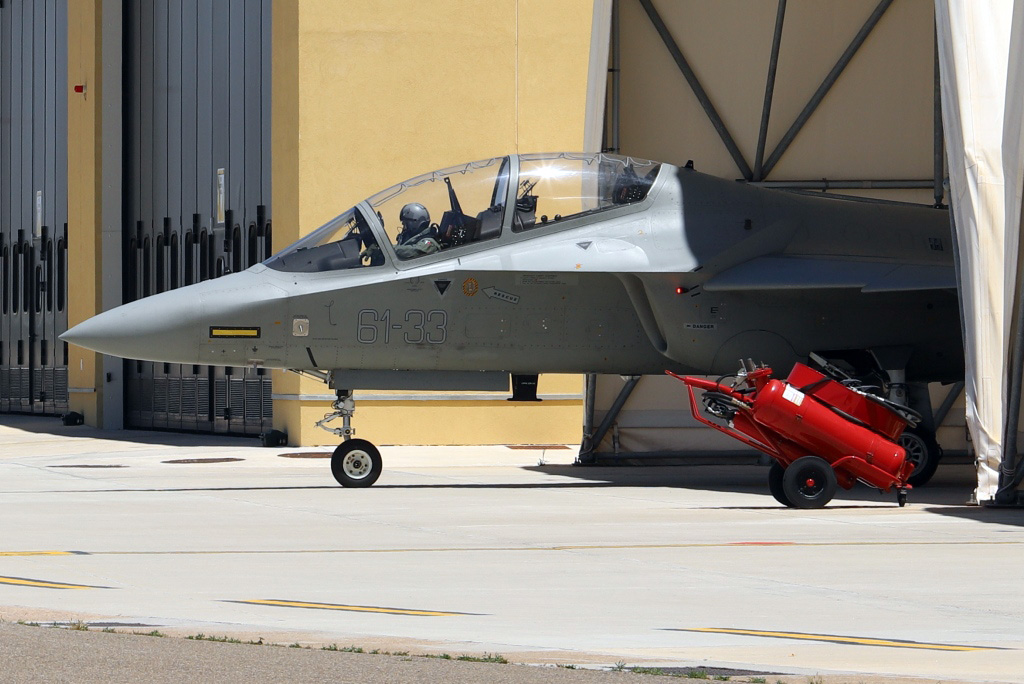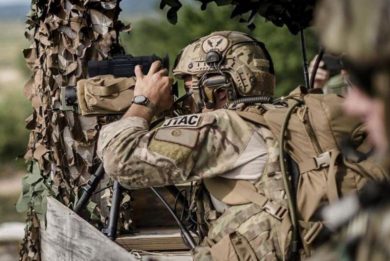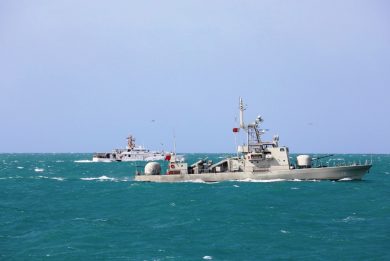
IFTS, the word to the users
To view the whole series of articles about the International Flight Training School, please click HERE
EDR On-Line could talk to a few Italian Air Force lieutenants who were undergoing the course at Decimomannu. During their Phase 2 and Phase 3 they flew the T-339, so they were the perfect testimonials to tell us about the main differences between the aircraft used for Phase 4 before the advent of the T-346A, and the latter trainer on which they are flying at the IFTS

“What the T-346A allows us to do is incredible because it permits to approach future scenarios, while the T-339 was more of a basic type of training. The T-346A gives us the possibility to approach tactics, to use of weapons.” The step between the two aircraft was considerable. “Of course, we had to study a lot, we had to deal with much more complex things, but the approach is gradual, and the instructors accompanied us in the process, so in the end we didn’t feel bad at all.” Getting close to the end of the course means also approaching true operational missions, as this is what has been downloaded from conversion to training. “The most difficult part is obviously the most advanced one, the last missions, air combat manoeuvre flying two against one, as well as beyond visual range missions, which we must be carry out using sensors.”

The new aircraft is also physically more demanding; “In the T-339 we could pull 7 g, but for a very short time, then the plane started to buffer, while in the T-346A we can sustain these performances, which happens in air combat manoeuvring. We are well prepared, as we trained in the centrifuge, and here at IFTS we follow a physical training programme, and can access the gym at any time, a coach taking care of us.”

Phase 4 marks also the first real use of Night Vision Goggles (NVGs). Student pilots had only one experience with NVGs in the previous phase. “The first few times it shocks your sight a bit. You completely lose lateral vision and depth. You must take the right references with the lights of the other airplane, and all depends a lot on the ambient light,” the two student pilots told EDR On-Line. Sometimes seeing light far away can become confusing: “Once we were flying in southern Sardinia and turning towards the south, we saw the lights of Africa. Mentally you think it is impossible that you are seeing Africa at night, so sometimes NVGs become disorienting.”
Team spirit seems good: “the difficulties are the same for everyone. There are those who adapt better, those a little less, those who are better at something, those who are better at something else, but the beauty of being together is that we help each other, and this is fundamental for us.” In a multinational community.
Photos by P. Valpolini


